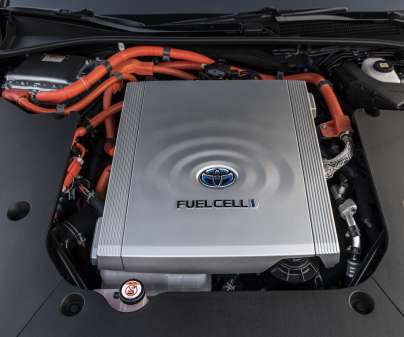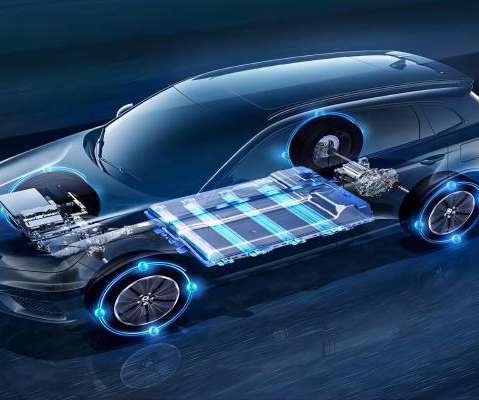NSF to award $13M for fundamental engineering research on production of electricity and fuels
Green Car Congress
JULY 27, 2015
Processes for sustainable energy production must be environmentally benign, reduce greenhouse gas production, and utilize renewable resources. Work on commercially available systems such as lead-acid and nickel-metal hydride batteries will not be considered by this program. Photovoltaic (PV) Solar Energy.
















Let's personalize your content